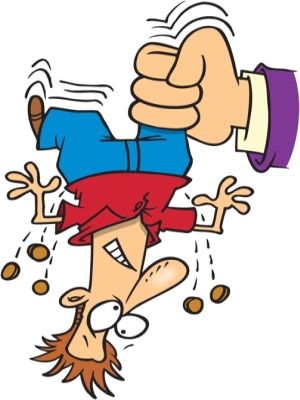Over one billion contacts are made
each year by debt collectors to consumers and the contingency fees raked
in by third party debt collectors exceeds many billions of dollars. The largest debt collector, NCO Financial which is owned by JPMorgan Chase, earns nearly $2 billion annually. A report from the National Consumer Law Center (NCLC) called
The Debt Machine: How the Collection Industry Hounds Consumers and Overwhelms Courts, describes both the enormous profits in the debt collection industry and also the flaws in the legal system. For example, despite debt collectors rarely having the documentation necessary to prove their claims in court or failing to properly serve debtors or suing on debts beyond the statute of limitations, judges
in Iowa estimate 85% to 90% of all collection lawsuits result in a
default judgment because the consumer defendant does nothing to defend
against the lawsuit.
Some debt collectors specialize in collecting debts that are uncollectible. A debt collector in Minnesota, for instance, focuses exclusively on collecting debts from dead people and Portfolio Recovery Associates has admitted continuing to earn fees on debts well beyond the statute of limitations. With consumers usually doing nothing to defend against debt collection lawsuits, collectors can pay as low as pennies on the dollar and still earn billions of dollars in revenue collecting these debts. The NCLC report also documents how some debt collectors trick consumers into making a partial payment or offering so-callled "zombie cards" that "allow" them to make payments on debt owed using a credit card. Unwittingly, these partial payments result in an acknowledgment of the debt that restarts the clock on the statute of limitations. If you're facing debt collection on an old debt or one brought by a debt collector other than the original creditor don't just let a default judgment be entered. Contact us immediately after being served with the lawsuit to determine if there are defenses. |
Monday, March 10, 2014
ESCAPING THE DEBT MACHINE
Subscribe to:
Comments (Atom)
